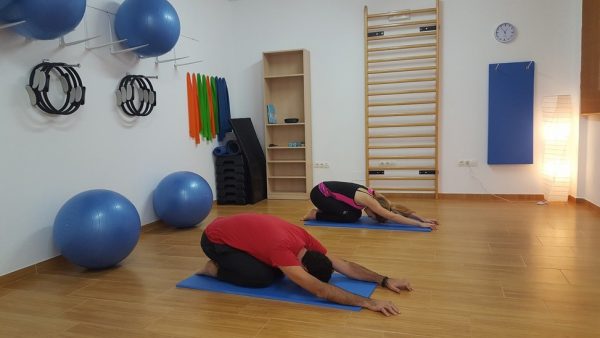
Benefits of breastfeeding baby
While Breastfeeding week is underway, young mothers or parents needs to understand why it is important and why there is so much talk about breast feeding babies. It is not only babies who benefit from breast feeding, mother’s health also will be in good condition.
The very first benefit parents should be aware of “Healthier baby”! Yes, breast feeding shapes good healthy baby. Let us see what the benefits of breastfeeding for both baby and mother are.
Mother’s milk in early stages of delivery (2 to 3 days) called colostrum or premilk contains many antibodies to help baby to fight against diseases. It also contains protein and low sugar and enough for baby to fight hunger. After 4-5 days breast milk will have both more sugar as well as protein that is required for baby to grow.
- Healthy baby: Any types of infections – pneumonia, cold or viruses are less among breastfeeding babies. Immune system grows stronger and mother’s milk that contains all goodies helps baby to fight against invaders. It also helps baby to protect system against Type 2 diabetes, crohn’s disease and digestive system will be in proper, healthy condition.
In addition breastfed babies have lower risk of : ear infections, diarrhea and vomiting, lower respiratory infections, necrotizing, eczema
- Lower’s risk of sudden infant death (SIDS): Breast milk helps baby to survive and fight anonymous conditions that might develop. It reduces SIDS risk.
- Less obesity: Breastfed kids have lower obesity problem and so also mother!
- Bone health: Bone health of mother will be strong and good condition
- Calorie incinerator: Breast feeding burns up to 500 calories per day (20 calories per ounce) Feeding baby gives away lots of calories form mother’s body.
- Reduces stress: Breastfeeding helps mother to bond with baby happily and reduces any stress that mother might have. A sense of satisfaction that grows in mother by feeding baby itself helps to increase feel good hormones in the body.
- Reduces risk of cancer: Both mother and baby’s chances of developing cancer reduces. Chances of getting childhood cancer in babies and breast cancer and ovarian cancer in mother is less.
- Bonding with baby: Baby needs mother and one way of best bonding happens while breast feeding. Mother can connect to baby with care, love and natural affection. This gives baby confidence and boosts the morale. It cultivates good and healthy relationship with mothers.
- Breastfeeding saves money: Medical costs will be lower as breastfed babies need fewer visits to doctors, less prescriptions and hospitalizations.
- Better than formula: Plenty of babies formula are available in market. We don’t know exactly what are the ingredients that goes inside. With breastfeeding parents know where the food has come from.
- Right temperature for baby: Breast milk keeps baby’s body temperature at normalcy.
Breastfeeding means a healthy start that lasts a lifetime. It is the perfect food for babies and good for mother’s health too!
Image credit:Photo by Zach Lucero on Unsplash
Author: Sumana Rao | Posted on: August 7, 2018
« Story of two wolves with a message Preparing pickles? See what grandma has to say »








